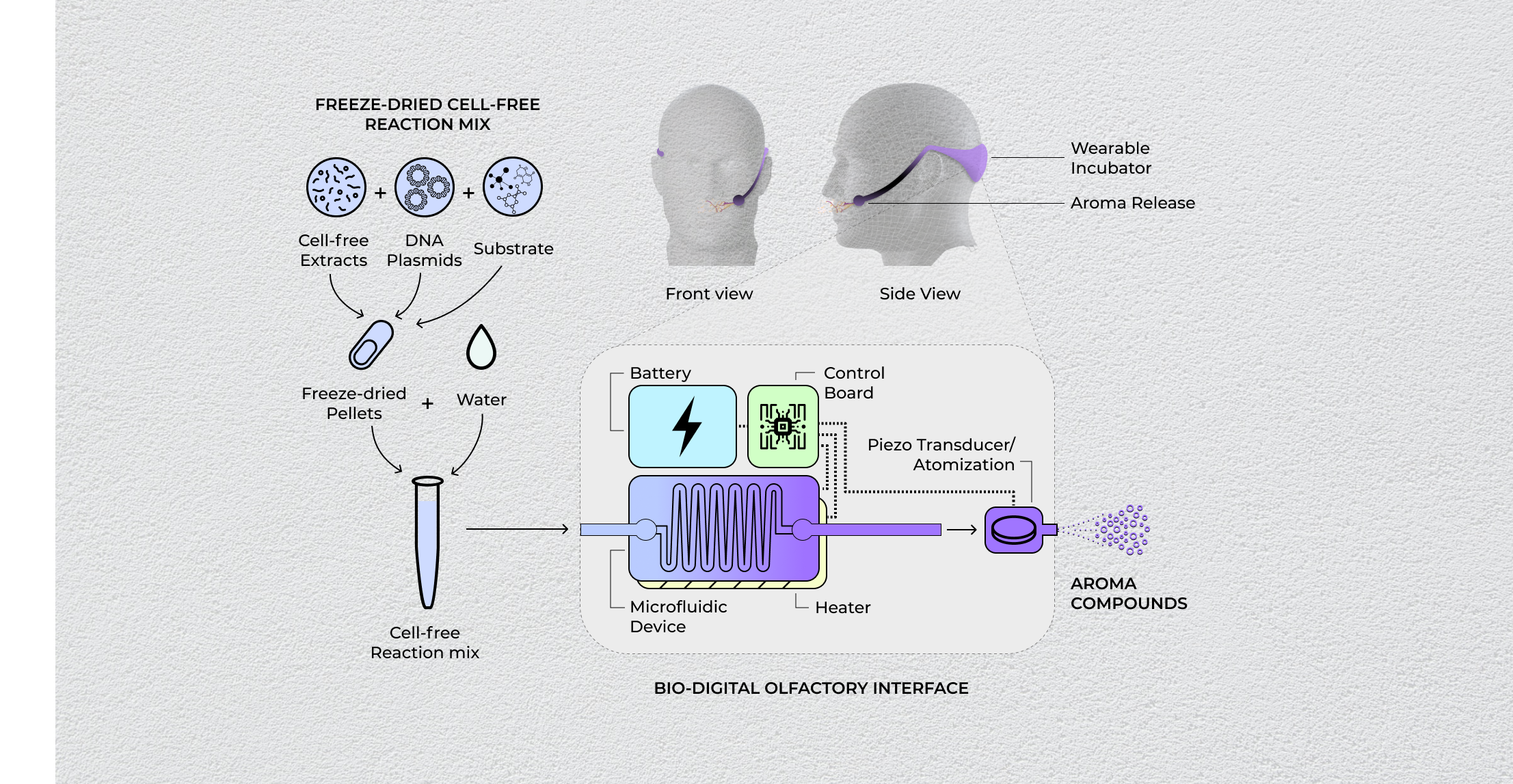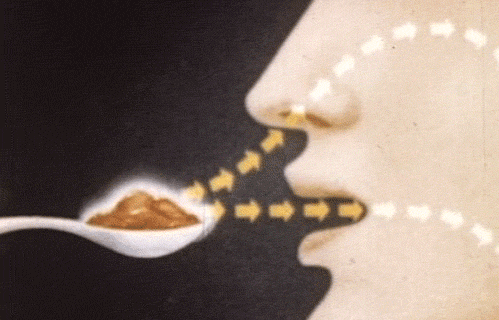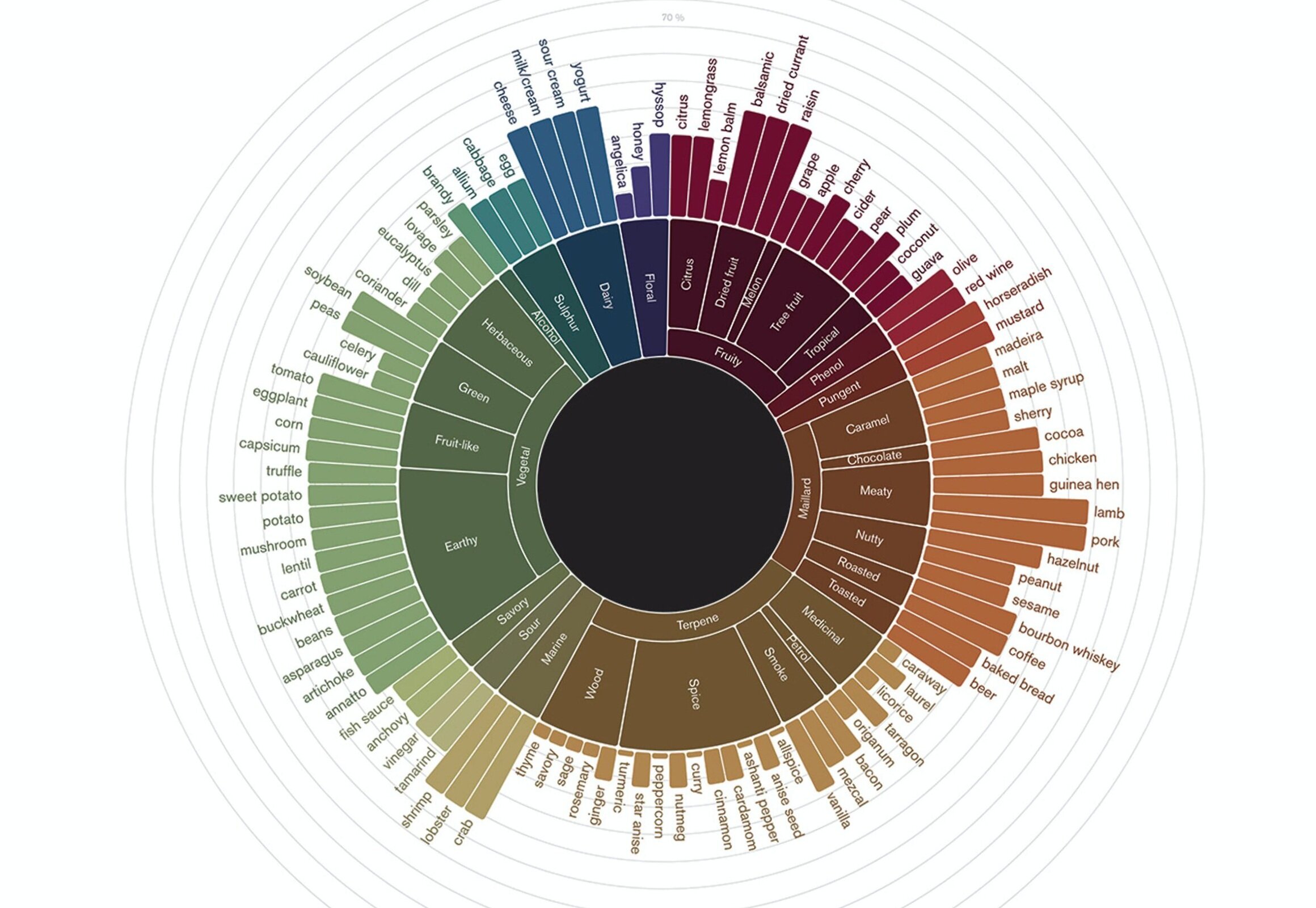Part1 : Tele-Experiment Homework
Design and run an experiment to understand how different factors influence bioproduction.
The available factors are genes (pAC-LYC, pAC-BETA), media (LB, 2YT), concentration of precursor (fructose), temperature, and shaking. Please follow the steps below to execute the homework:
A) Design the experiment
B) Create the code for the tele-experiment on the robot
C) Run the simulation to make sure that there is no syntax error
D) Schedule a time with Pat for running the code on the robot!
Part 2: Identify a cool gene (related to your final project)
Identify a cool gene (related to your final project) and try to order it via twist bioscience following the video instruction bellow. Please select "Clonal Genes" for the gene type. Once you finished uploading your gene sequence, select a vector (please refer toSebastian's slidefor more information), and perform codon optimization (if necessarily), please download the GenBank file of your gene (+ vector) and send it to here :https://drive.google.com/drive/folders/1yX2VgEaWOb29Kx-B_jswn39Zx-m8N3Vx?usp=sharing
Part 3: If you have the capability of Gingko Bioworks foundry...
Write a short paragraph responding to "If you have the capability of Gingko Bioworks foundry, what would you do and why?" These could be COVID19 related projects or broader synthetic biology projects. Ginkgo Bioworks is taking proposals to leverage the use of their platform to support technical projects; how might you leverage Ginkgo’s technical platform to support your project? Write a description of how you would utilize their platform. What tools and capacities would you use? How would you use them? How would the use of Ginkgo’s platform accelerate or increase the technical capabilities of your project?








